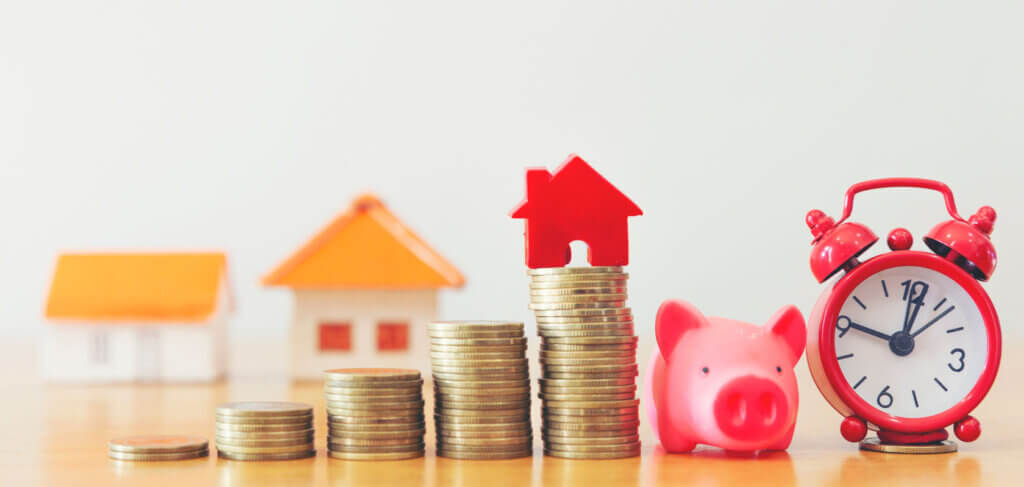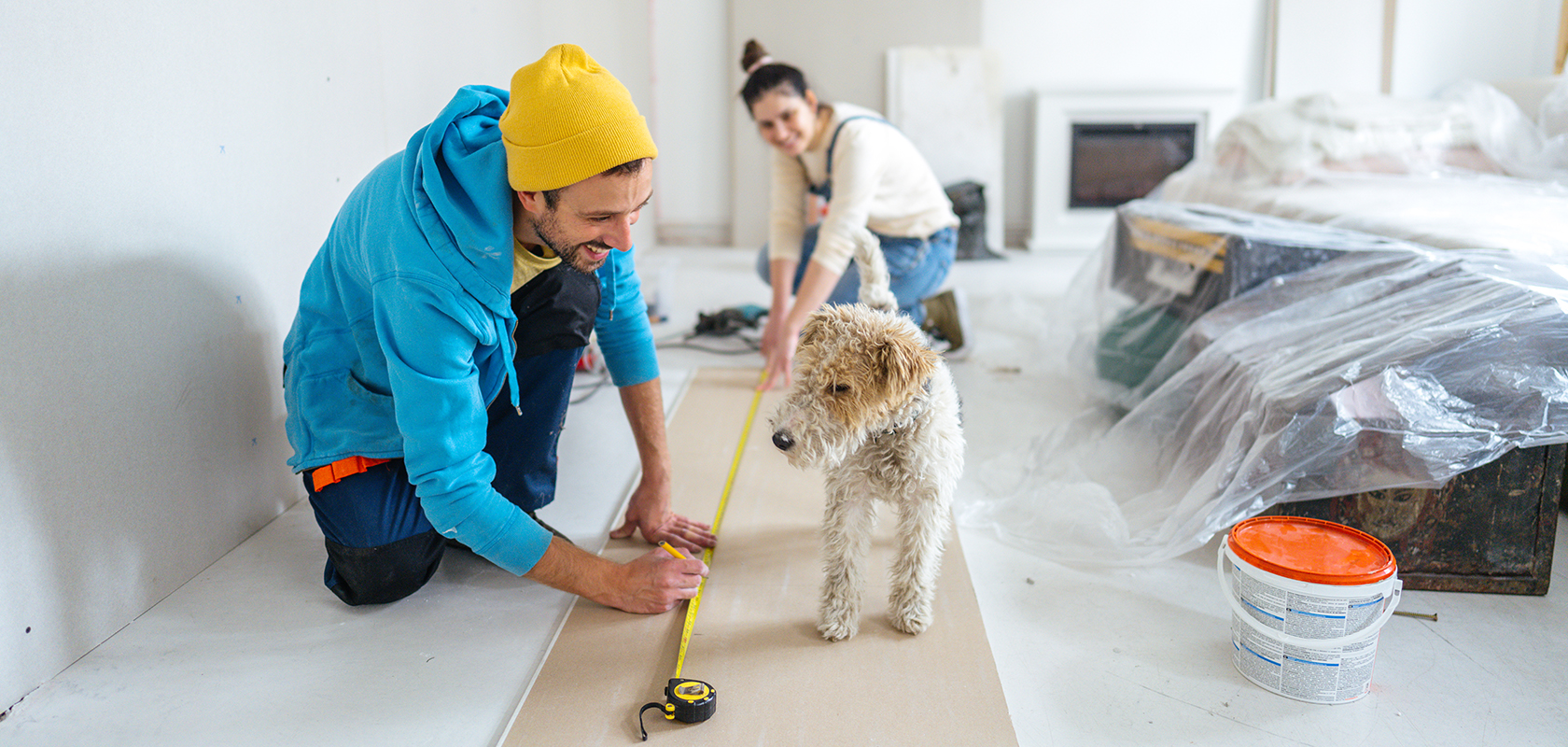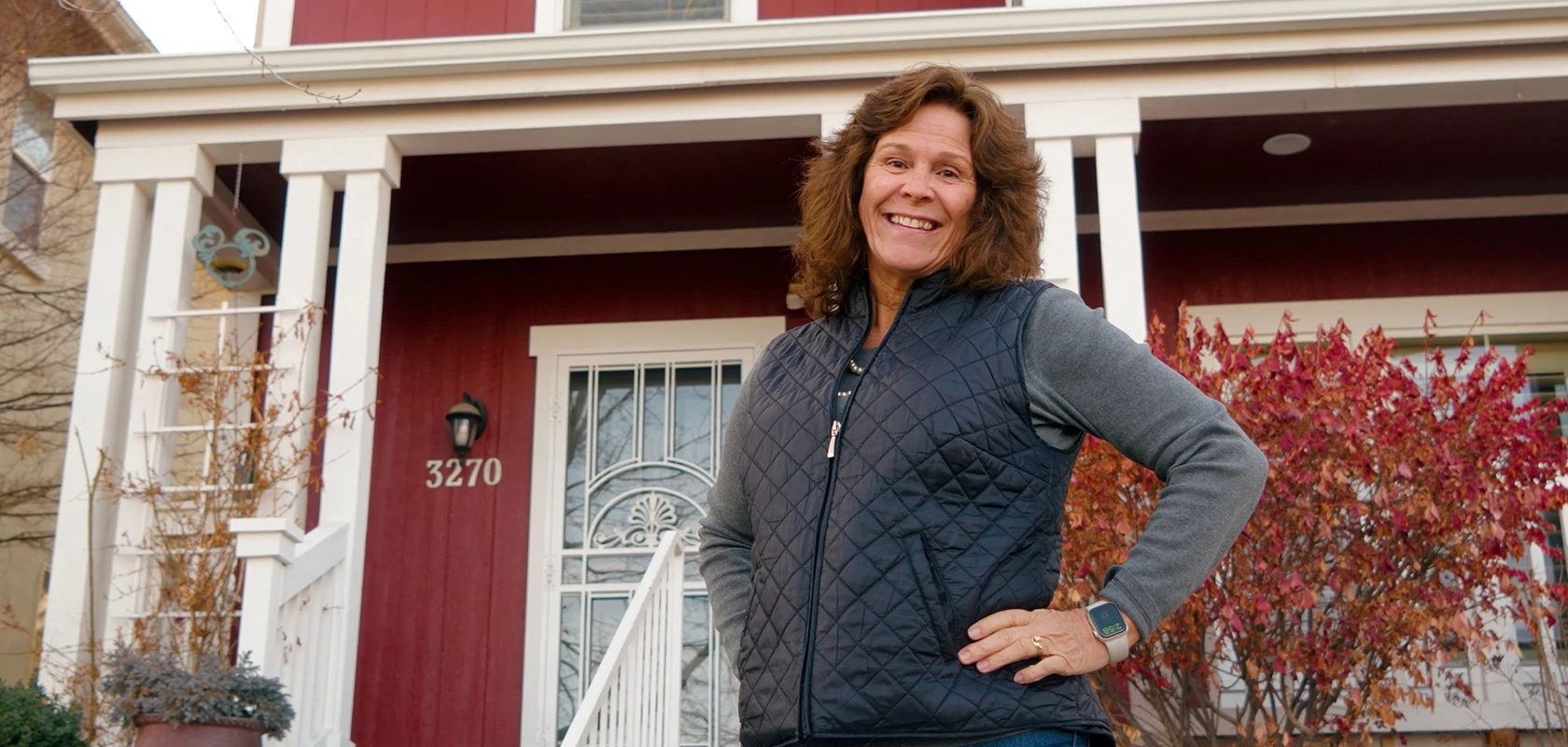Even if the numbers 2 and 1 are in the phrase, a 2-1 buydown mortgage isn’t a two-for-one discount on home loans or a way to get two mortgages on two properties at the same time. It’s even better—at least for home buyers, sellers, builders, and real estate agents trying to make the most of mortgage rates and home prices.

2-1 Buydown Mortgages: Here’s How to Drop Your Payments for 24 Months
This home financing tool lowers the interest rate on a mortgage for the first two years, reducing the monthly payments during that time. But it’s not only buyers who benefit. Sellers can pay for a 2-1 buydown, through closing credits to the buyer, to generate interest and expedite the sale. Real estate agents can recommend this tool to help buyers and sellers get the most advantageous deal and offset higher lending rates.
Keep reading to learn more about how to get a lower interest rate on a mortgage and how one Nevada mortgage company’s 2-1 rates for these types of loans work.
The 411 on 2-1 Buydown Mortgage Programs and Home Prices
• When interest rates are high, mortgage buydowns can be a helpful strategy for reducing monthly payments.
• This type of financing program tool reduces the interest rate for the first two years of a mortgage, after which the rate increases to the originally locked rate for the remainder of the loan term.
• With a 2-1 buydown program, the rate is two percentage points lower than the locked rate in the first year and one point lower in the second year.
• Sellers and home builders can increase property interest by paying for a buydown.
What Is a 2-1 Buydown Mortgage Program and How Does It Work?
A buydown is a real estate financing technique that reduces a mortgage’s interest rate. There are generally two types of buydowns — permanent and temporary. With a permanent buydown, as is often the case when borrowers pay extra points up front to the lender, the lower rate lasts for the length of the mortgage on a fixed rate loan.
One type of temporary buydown is a 2-1 buydown, which lasts for two years. With this type of loan, the interest rate will be at its lowest during the first year and then increase until it settles into its originally locked rate in year three for the remainder of the loan term.
To temporarily lower the buyer’s mortgage rate, lenders require an extra fee to offset the lost interest payments. Sellers, including home builders, often use 2-1 buydowns as an incentive to attract more buyers and pay this fee.
Note that buydowns may not be available under some state and federal mortgage programs or from all lenders. Terms can also vary from lender to lender.
Who Is the Best Borrower for a 2-1 Buydown Loan?
The ideal candidate for a 2-1 buydown loan may be someone who:
• Has a partner or spouse who is going to go back to work in the next two years.
• Wants to lower their monthly payment for the first two years of being a homeowner so they can pay for improvements or repairs.
• Does not want an adjustable-rate mortgage but does want a lower initial payment.
• Only plans to live in the home they’re buying for a few years.
2-1 Buydown Examples
A 2-1 buydown may save a borrower thousands of dollars in the first two years of the home loan and enable a seller to get a higher purchase price. Here’s an example of how a mortgage with a 2-1 buydown program compares with a 30-year fixed-rate mortgage without a buydown.
| 2-1 Buydown on 30-year fixed rate mortgage | 30-year fixed rate mortgage without buydown | |||
| Purchase price | $562,500 | |||
| Down payment | 20% | |||
| Total loan amount | $450,000 | |||
| Contracted interest rate | 6.5% | |||
| Year 1 interest rate/monthly payments* | 4.5% | $2,280 | 6.5% | $2,844 |
| Year 2 interest rate/monthly payments* | 5.5% | $2,555 | 6.5% | $2,844 |
| Year 3+ interest rate/monthly payments* | 6.5% | $2,844 | 6.5% | $2,844 |
| Year 1 Savings | $6,771 | $0 | ||
| Year 2 Savings | $3,471 | $0 | ||
| Total Savings | $10,242 | $0 |
2-1 Buydown Pros and Cons
The benefits usually outweigh the downsides of buydown mortgage programs, especially for buyers.
Advantages for buyers:
• First-time homebuyers can ease into the financial commitments of homeownership with a temporary reduced monthly payment.
• More disposable income to pay down the loan’s principal, finance home improvements, or help achieve other financial goals.
• More financial flexibility during the first two years in a home to refinance at a lower rate if available in the then current market.
On the flip side, buyers should also be able to afford the monthly mortgage payments after the interest rate returns to its full amount as that is what was used to qualify them for the mortgage loan to begin with.
Benefits for sellers:
While sellers are footing the bill of offsetting the interest rate in our scenario, they can also use a 2-1 buydown to their advantage to:
• Meet the buyer’s budget without decreasing the listing price.
• Lower the risk of the home sitting on the market as buyers wait for the next price decrease.
• While the cost will ultimately reduce how much a seller nets from the sale, paying for a buydown rather than cutting the sale price maintains the property’s value.
• Create more competition for a property.
How To Lower Your Interest Rate on a Mortgage by Qualifying for a 2-1 Buydown Program
The payment for a mortgage with a temporary buydown is based on the buyer’s final interest rate qualification. For example, if the agreed-upon interest rate is 6.5%, the borrower must be able to afford the total payment to get the loan at this rate level. Also, their debt-to-income ratio can’t be higher than what’s needed to get a loan.
How Much Does a 2-1 Buydown Program Cost?
To subsidize the borrower’s reduced monthly payments, it typically costs a percentage of the total loan amount to reduce the interest rate. For example, on a $500,000 loan with a 6% contracted interest rate, the total cost of the buydown for the first and second year would be about 2.2% of the loan amount. The total fee to lower the interest rate is held in a custodial escrow account and the applicable amount is applied to the buyer’s monthly payments over the two-year period.
However, the amount each discount point lowers the rate varies based on many factors, so it’s essential to consult with an experienced mortgage consultant to get specific details related to your situation.
When To Use a 2-1 Buydown Program to Lower Mortgage Rates
In a market with rising interest rates, buyers can lock in savings, and sellers can keep their listing price stable through the creative strategy of a 2-1 buydown program. This tool benefits individuals selling homes and home builders struggling to move new builds off the lot—allowing everyone involved to win.
As interest rates rise, real estate agents can use this financing instrument to net the seller money in the long run by generating interest and promoting competition without dropping the listing price or becoming frustrated with a property that sits on the market.
The Bottom Line
Since 2021, 30-year fixed-rate mortgage interest rates have risen from their all-time lows to as high as 7%, which hasn’t happened in nearly 20 years, according to the Consumer Financial Protection Bureau. While it’s easy to feel discouraged by these numbers, buyers and sellers have options.
Sellers and builders may consider offering to pay for a 2-1 buydown to drive interest in the property to get closer to the asking price they want. Buyers ready and qualified to purchase a home should consider locking in current home prices and mortgage rates without gambling if either will decrease. A 2-1 buydown mortgage and other available programs can help more people achieve their homeownership and financial goals.
Move to Greater
With decades of experience on our team, we have seen it all (almost everything, at least), and we regularly share our thoughts on a wide array of mortgage topics that could affect you as a new or existing homeowner. We also spotlight the incredible achievements of our team and clients because good news is meant to be shared.

